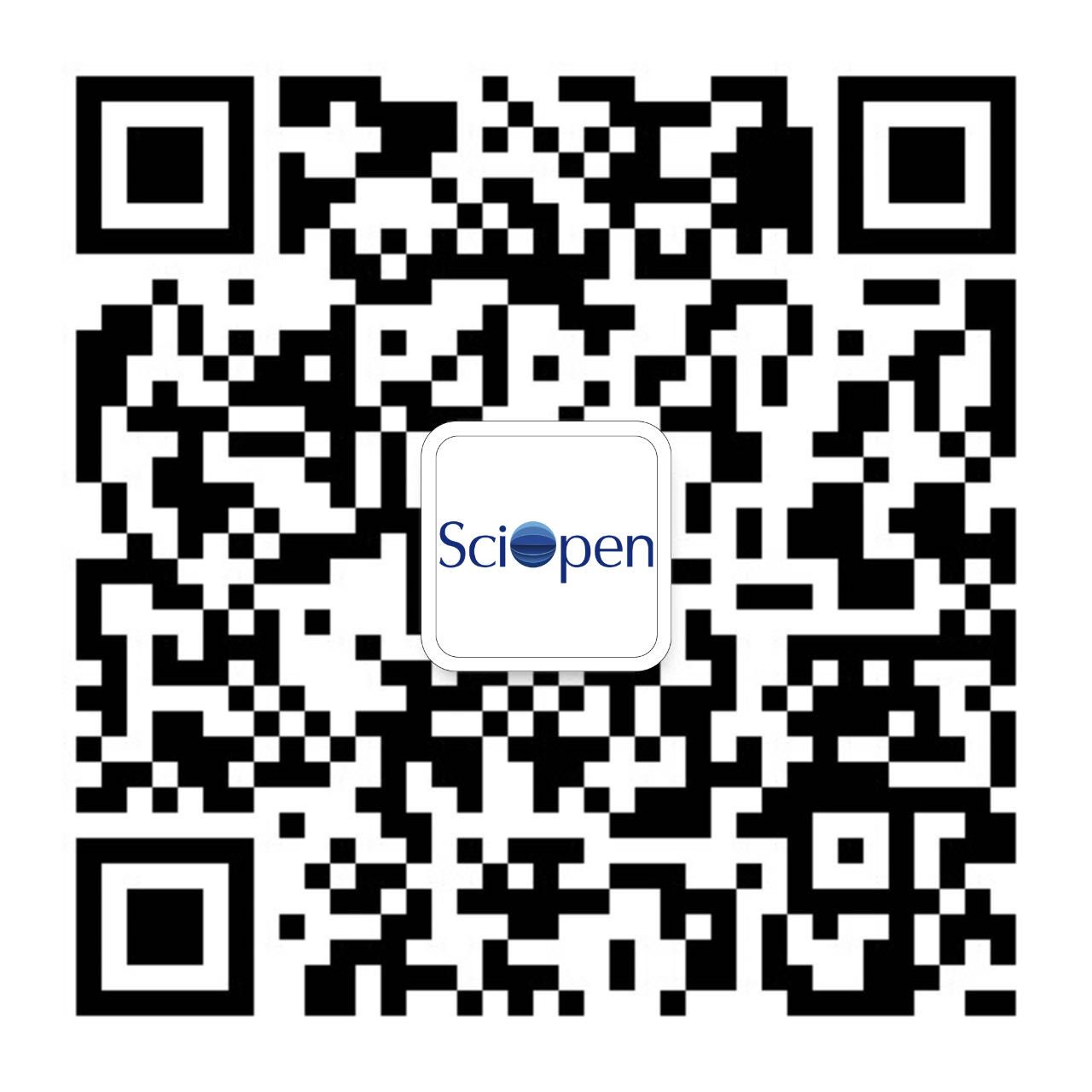Spontaneous coagulation casting (SCC) is a novel in-situ ceramic forming method, involving an anion dispersant which acts as both dispersing and coagulating agent and works well at room temperature in air. Ceramic particles in a slurry prepared by SCC participate in the formation of organic network which is originates from hydrophobic interaction and hydrogen bonding among the dispersant molecular chains, quite different from other gelcasting systems. The ceramic gel formed by SCC is a physical gel and the formed organic network among ceramics particles possesses low density which is conducive to water transportation and stress relaxation during drying.
The research progress in the preparation of transparent ceramics by SCC over the last decade is reviewed in this paper, mainly including powder dispersion and high solid loading slurry preparation, slurry solidification and drying, densification of green bodies, and preparation of large size and high optical quality transparent ceramics. It involves translucent alumina, and hightransmittance transparent alumina ceramics, yttrium oxide, AlON, yttrium aluminum garnet and MgAl2O4 transparent ceramics. For the transparent alumina ceramics, the shear force in the flow of slurries during casting was used to horizontally arrange alumina platelets in the slurry of equiaxed alumina grains, grain orientation occurred through the platelet as templates during sintering. Alumina single-crystal-like structure formed and high transmittance alumina ceramics resulted. For yttria and AlON transparent ceramics, before SCC yttria and AlON powders were respectively treated with organic compounds to ensure them hydrophobic and water resistant because the powders easily react with water which changes the chemical composition of the powders and decreases solid loading of the slurries.
More recently, MgAl2O4 transparent ceramics with a dimension of 470mm×235mm×10 mm was successfully prepared by SCC and vacuum sintering. SCC has become a universal method for preparing transparent ceramics, which is promising in preparing transparent ceramics with complex shapes and high optical quality.







 京公网安备11010802044758号
京公网安备11010802044758号